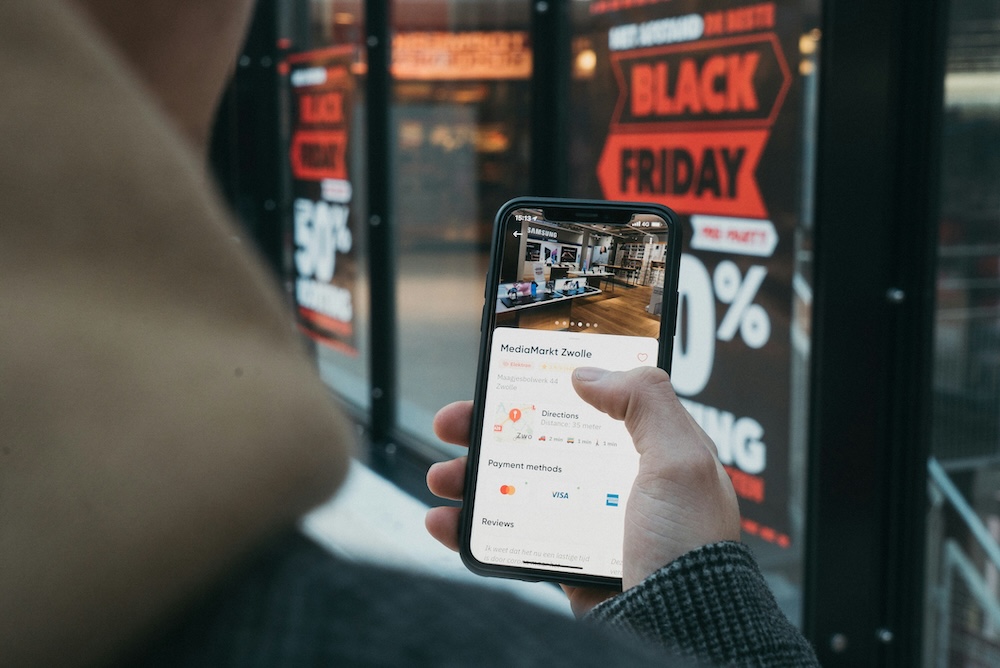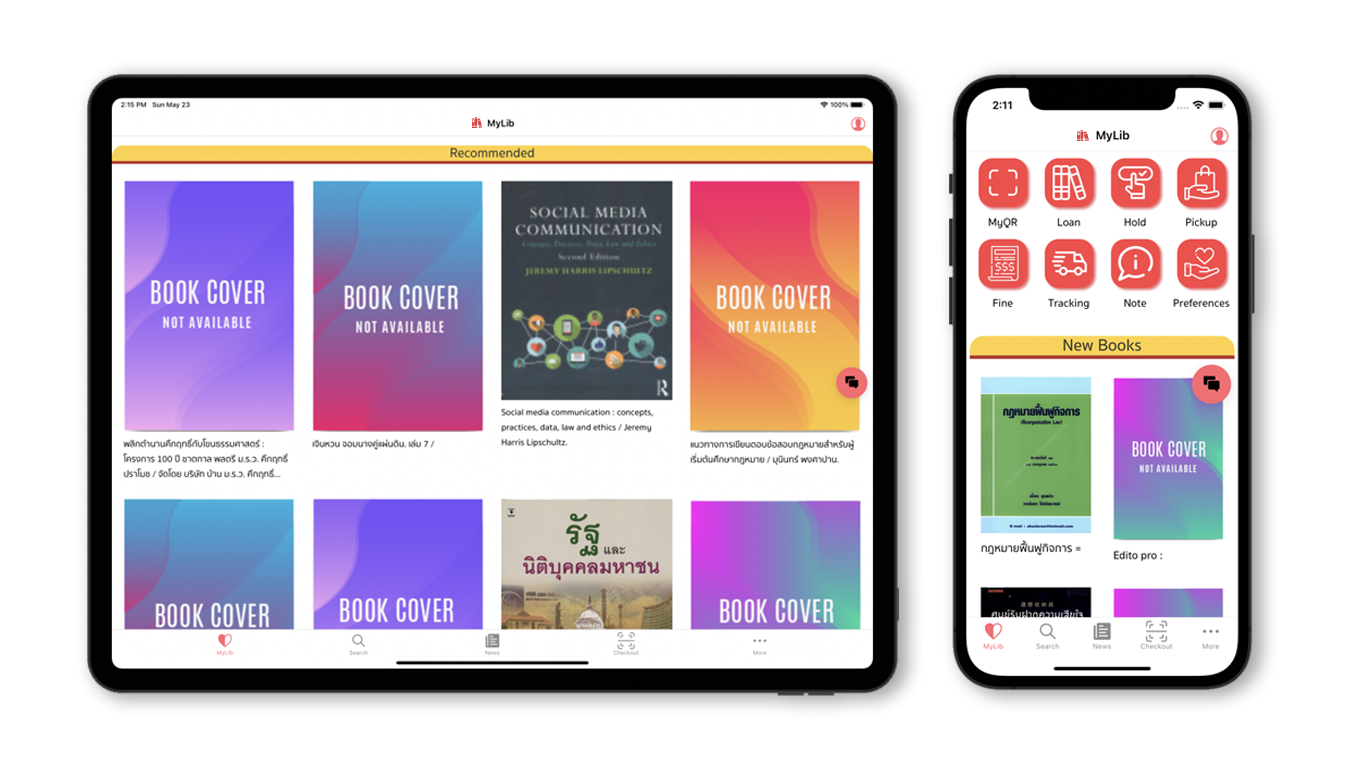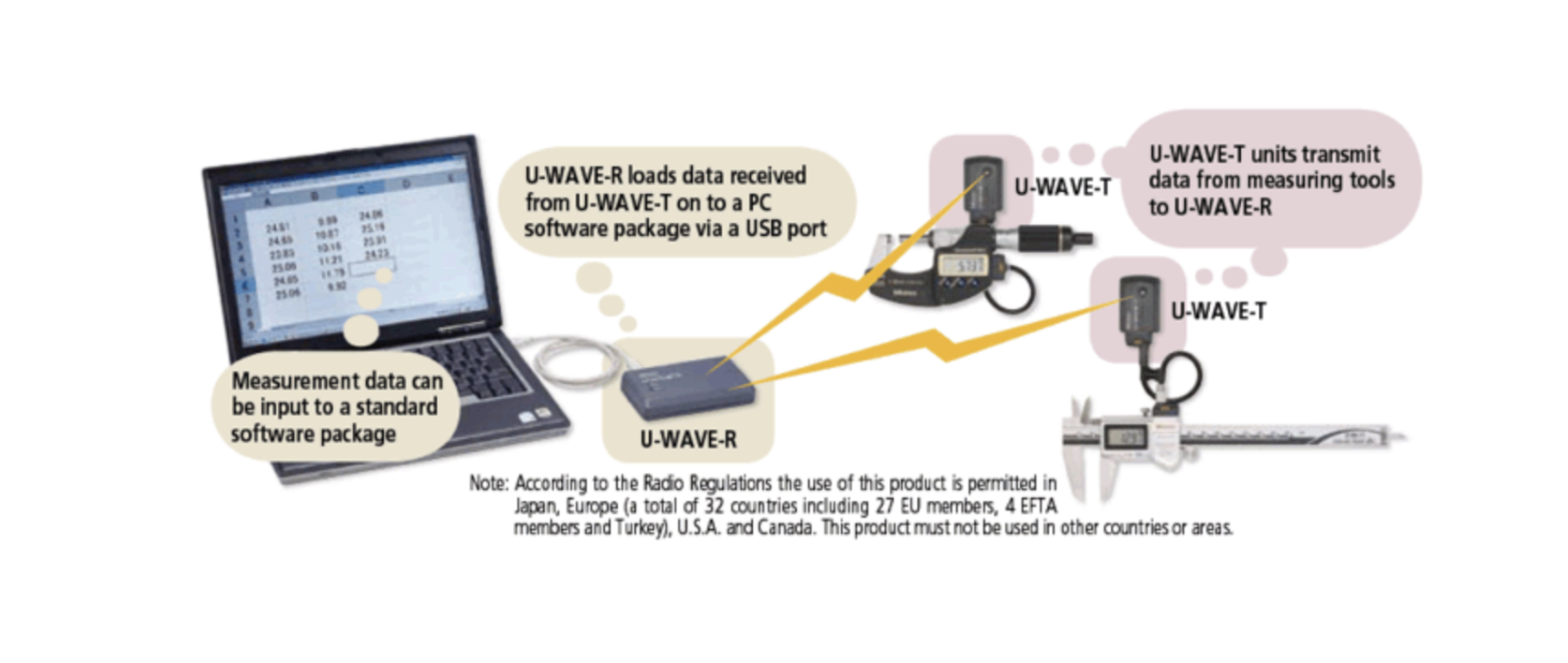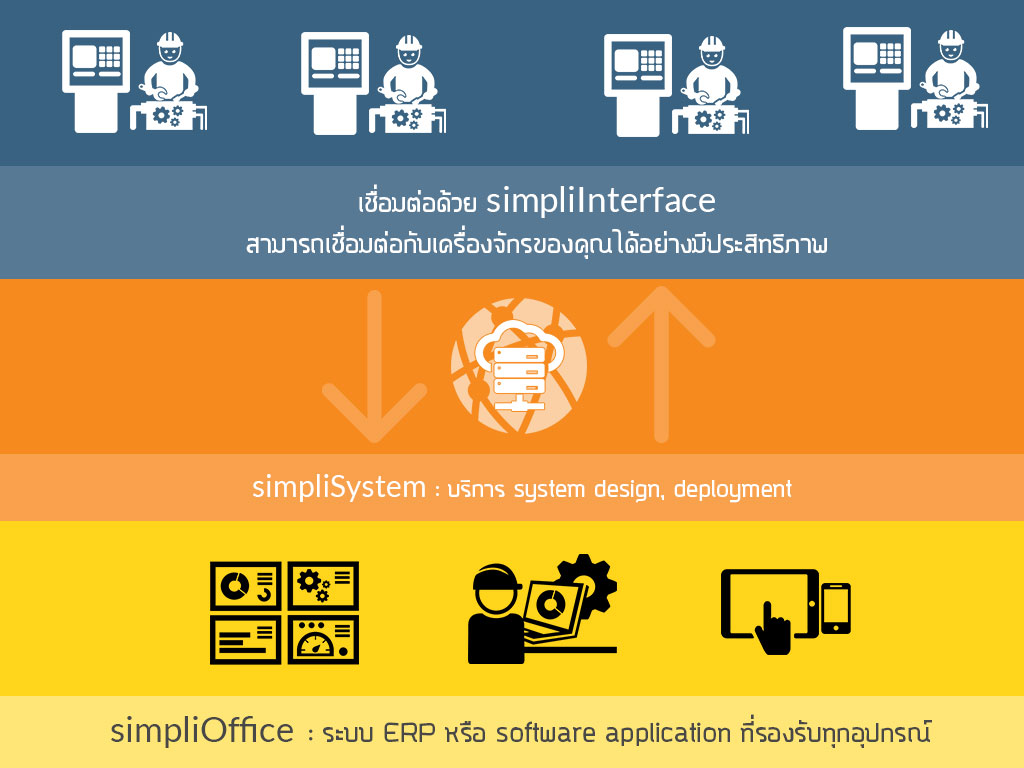How Data-Driven Insights Can Improve Tourism: Lessons from Japan
Hey there! Let’s talk about something fascinating: how Japan uses data-driven insights to create some of the best travel experiences in the world. Whether you're someone in Thailand looking to boost tourism in your area or a traveler planning to visit Japan, there’s a lot to learn here.
Japan is a superstar when it comes to managing its high number of visitors. They don’t just rely on their amazing culture and scenery—they use smart technology and data to make things smooth, efficient, and enjoyable for everyone. Let me break it down for you.
What Are Data-Driven Insights?
Think of data-driven insights as “superpowered information.” Japan collects a ton of data about how tourists travel, spend money, and move around. Then, they analyze this data to make smart decisions.
For example:
- How can we keep popular attractions from getting overcrowded?
- Which lesser-known spots should we promote to spread the tourism love?
- When is the best time to increase or lower ticket prices?
These insights come from things like mobile phone signals, ticket sales, and even social media posts. Cool, right?
How Japan Does It: Smart Tourism in Action
Here’s how Japan makes data work for them, step by step:
1. Managing Crowds Like a Pro
Have you ever been to a place that’s so crowded you can’t even enjoy it? Japan avoids this with real-time crowd management systems. They use data from mobile phones and sensors to see how many people are in a location. If one spot gets too busy, they recommend alternative destinations using apps and signs. For example:
- In Kyoto, they guide tourists to less crowded temples during peak times.
- At Mount Fuji, they monitor hiking trails to limit the number of climbers during the busy season.
2. Promoting Hidden Gems
Everyone knows about Tokyo and Kyoto, but Japan also encourages visitors to explore lesser-known areas like Tohoku or Shikoku. They analyze travel data to see which regions are getting fewer visitors and then launch campaigns to highlight these places. It’s a win-win: tourists get unique experiences, and smaller communities get more income.
3. Making Transport a Breeze
Japan’s transport is already legendary (hello, bullet trains!), but they take it to another level with data:
- Apps like HyperDia show you the fastest routes, real-time delays, and train schedules in multiple languages.
- If a train station gets too crowded, they can add extra trains or suggest alternate routes to spread out the traffic.
4. Creating Personalized Experiences
Let’s say you love sushi, history, or hiking. Japan’s tourism apps can recommend experiences based on your interests. This happens because of data from previous travelers who loved similar things. It’s like having a personal travel assistant in your pocket.
5. Protecting the Environment
Tourism can strain natural and cultural sites. Japan uses IoT sensors to monitor things like pollution and trail erosion. If a spot is getting too much wear and tear, they might temporarily close it for recovery or direct visitors elsewhere. This is why places like Hakone’s hot springs and Kyoto’s historic districts stay pristine.
What Thailand Can Learn From This
If you’re a stakeholder in Thailand’s tourism industry, Japan’s approach has plenty of ideas you can borrow:
1.Use Data to Spread Visitors Out
Popular places like Phuket or Chiang Mai can get overcrowded during peak seasons. Why not promote amazing, less-visited areas like Nan, Nakhon Si Thammarat, or Loei? Use travel apps and social media campaigns to guide tourists there.
2.Invest in Real-Time Crowd Management
Add IoT sensors in busy spots like floating markets or temples. Use the data to manage visitor flows or suggest quieter times to visit.
3.Focus on Sustainability
Thailand’s national parks and beaches are treasures that need protection. Borrow Japan’s idea of monitoring environmental impact with data, so these places stay beautiful for generations.
4.Improve Public Transport
Make it easier for tourists to travel between cities by adding more real-time info to apps, especially in English. Imagine a “Thai Travel” app with routes, tickets, and even food recommendations!
Why Travelers Love This
If you’re planning a trip to Japan, here’s how their tech makes your experience awesome:
- Less Waiting, More Fun: You’ll know the best times to visit attractions without waiting in line for hours.
- Discover New Places: Japan’s data-driven marketing might lead you to a charming small town or a hidden gem you didn’t know existed.
- Better Transport: No getting lost in a confusing subway system—apps guide you every step of the way.
- Eco-Friendly Travel: You can enjoy beautiful natural spots knowing they’re being cared for.
Final Thoughts: Thailand’s Future with Smart Tourism
Thailand is already a top travel destination, but with the right tech and data strategies, it could rival Japan’s efficiency. Imagine a Thailand where:
- Bangkok’s temples are never too crowded.
- Koh Samui stays pristine thanks to smart environmental management.
- Tourists discover amazing places like Sukhothai or Trang with the help of personalized travel apps.
If Japan can do it, so can Thailand. Let’s make tourism smarter, more sustainable, and more enjoyable for everyone. Whether you’re a traveler or a tourism stakeholder, the future is bright—and data is the key to unlocking it.
What do you think? Ready to explore smarter tourism? Let’s chat!
Get in Touch with us
Related Posts
- SimpliPOSFlex. 面向真实作业现场的 POS 系统(中国市场版)
- SimpliPOSFlex. The POS Designed for Businesses Where Reality Matters
- 经典编程思维 —— 向 Kernighan & Pike 学习
- Classic Programming Thinking: What We Still Learn from Kernighan & Pike
- 在开始写代码之前:我们一定会先问客户的 5 个问题
- Before Writing Code: The 5 Questions We Always Ask Our Clients
- 为什么“能赚钱的系统”未必拥有真正的价值
- Why Profitable Systems Can Still Have No Real Value
- 她的世界
- Her World
- Temporal × 本地大模型 × Robot Framework 面向中国企业的可靠业务自动化架构实践
- Building Reliable Office Automation with Temporal, Local LLMs, and Robot Framework
- RPA + AI: 为什么没有“智能”的自动化一定失败, 而没有“治理”的智能同样不可落地
- RPA + AI: Why Automation Fails Without Intelligence — and Intelligence Fails Without Control
- Simulating Border Conflict and Proxy War
- 先解决“检索与访问”问题 重塑高校图书馆战略价值的最快路径
- Fix Discovery & Access First: The Fastest Way to Restore the University Library’s Strategic Value
- 我们正在开发一个连接工厂与再生资源企业的废料交易平台
- We’re Building a Better Way for Factories and Recyclers to Trade Scrap
- 如何使用 Python 开发 MES(制造执行系统) —— 面向中国制造企业的实用指南














